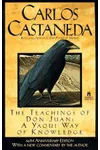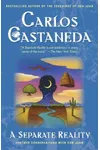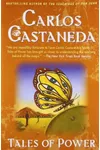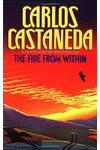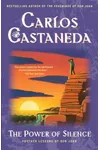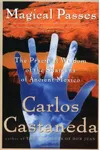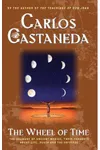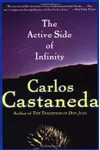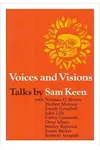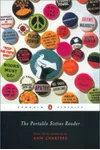Picture a Peruvian-born anthropologist who spun tales of shamanic adventures that left the world spellbound—meet Carlos Castaneda! Known for his controversial books blending mysticism and anthropology, Castaneda introduced readers to Don Juan Matus, a Yaqui shaman whose teachings challenged reality itself. His enigmatic life and elusive persona only deepened the intrigue, making him a cornerstone of the New Age movement.
From the deserts of Sonora to the hearts of millions, Castaneda’s works sold over 28 million copies in 17 languages, sparking debates about truth, fiction, and consciousness. Ready to dive into a story where reality bends and mystery reigns? Let’s explore the man behind the myth!
The Making of Carlos Castaneda
Born on December 25, 1925, in Cajamarca, Peru, Carlos Castaneda’s early life was as mysterious as his later works. He moved to the United States in 1951, initially aiming to become a sculptor before studying anthropology at UCLA. It was during a 1960 field assignment that he claimed to meet Don Juan Matus, a Yaqui shaman who would shape his career. This encounter, shrouded in skepticism, launched Castaneda into a world of spiritual exploration and literary fame.
His reclusive nature—he refused photographs or recordings—added to his mystique. Despite conflicting details about his birthplace (he once claimed São Paulo, Brazil), his journey from Peru to UCLA set the stage for a legacy that blurred the lines between fact and fiction.
Carlos Castaneda’s Unforgettable Stories
Castaneda’s debut, The Teachings of Don Juan: A Yaqui Way of Knowledge (1968), was a game-changer. Presented as anthropological fieldwork, it detailed his apprenticeship with Don Juan, exploring ‘non-ordinary reality’ through peyote and shamanic rituals. The book’s vivid prose and mind-bending concepts captivated readers, especially 1960s youth disillusioned by the Vietnam War.
Follow-ups like A Separate Reality (1971) and Journey to Ixtlan (1972) deepened the narrative, shifting focus from psychoactive plants to spiritual discipline. Tales of Power (1974) marked a dramatic climax, with Castaneda leaping off a cliff into the unknown, symbolizing his transformation into a ‘man of knowledge.’ His later works, like The Power of Silence (1987), adopted a more philosophical tone, reflecting evolving perspectives. Critics questioned their authenticity, but Castaneda’s storytelling—lucid, immersive, and provocative—kept readers hooked.
His style blended first-person narrative with Toltec wisdom, creating a unique fusion of anthropology and mysticism. Whether fact or fiction, his books invited readers to question reality, making them timeless in spiritual and philosophical circles.
Why Carlos Castaneda Matters
Castaneda’s impact on the New Age movement was seismic. His books popularized shamanism and altered states of consciousness, influencing spiritual seekers and counterculture figures alike. They inspired artists, from George Lucas (who drew on Don Juan for Yoda) to poets like Octavio Paz. Despite academic skepticism—his Ph.D. was later revoked for fictionalized research—his works remain philosophical touchstones for exploring perception and self-awareness.
His legacy endures through Cleargreen Incorporated, founded in 1995 to promote Tensegrity, a system of shamanic movements. Even after his death from liver cancer on April 27, 1998, Castaneda’s books continue to inspire, sparking curiosity about the boundaries of human experience.
- Birth Date: December 25, 1925, Cajamarca, Peru
- Key Works: The Teachings of Don Juan, A Separate Reality, Journey to Ixtlan, Tales of Power
- Notable Fact: Sold over 28 million books in 17 languages
Curious about a world where shamans teach and reality shifts? Grab The Teachings of Don Juan and dive into Carlos Castaneda’s mystical universe!
